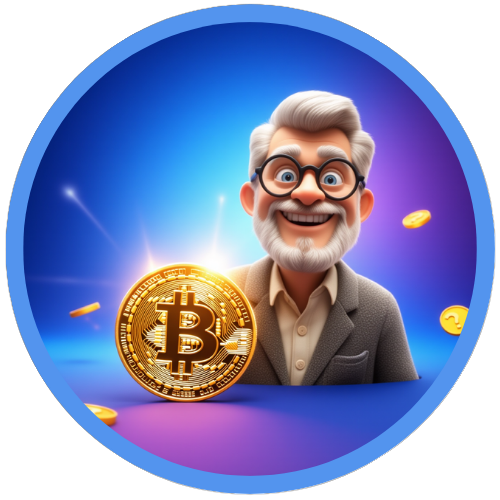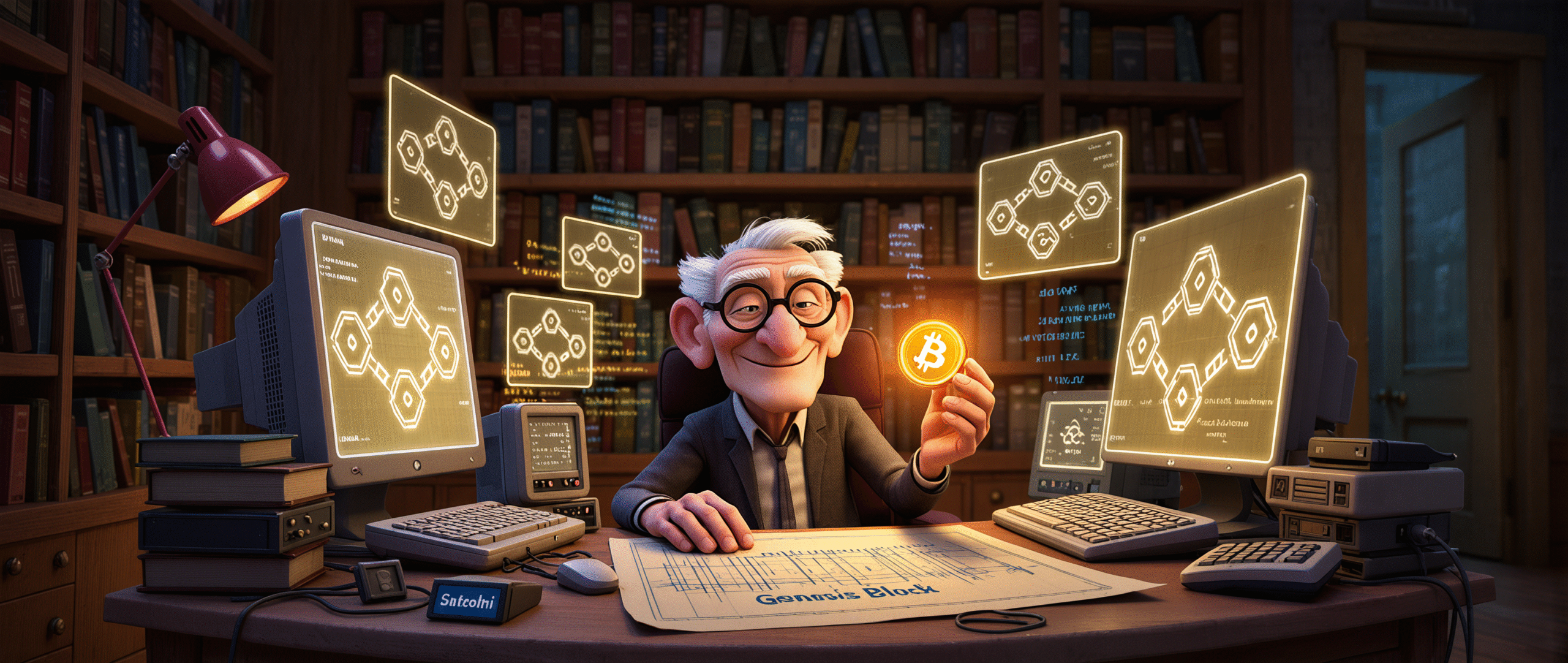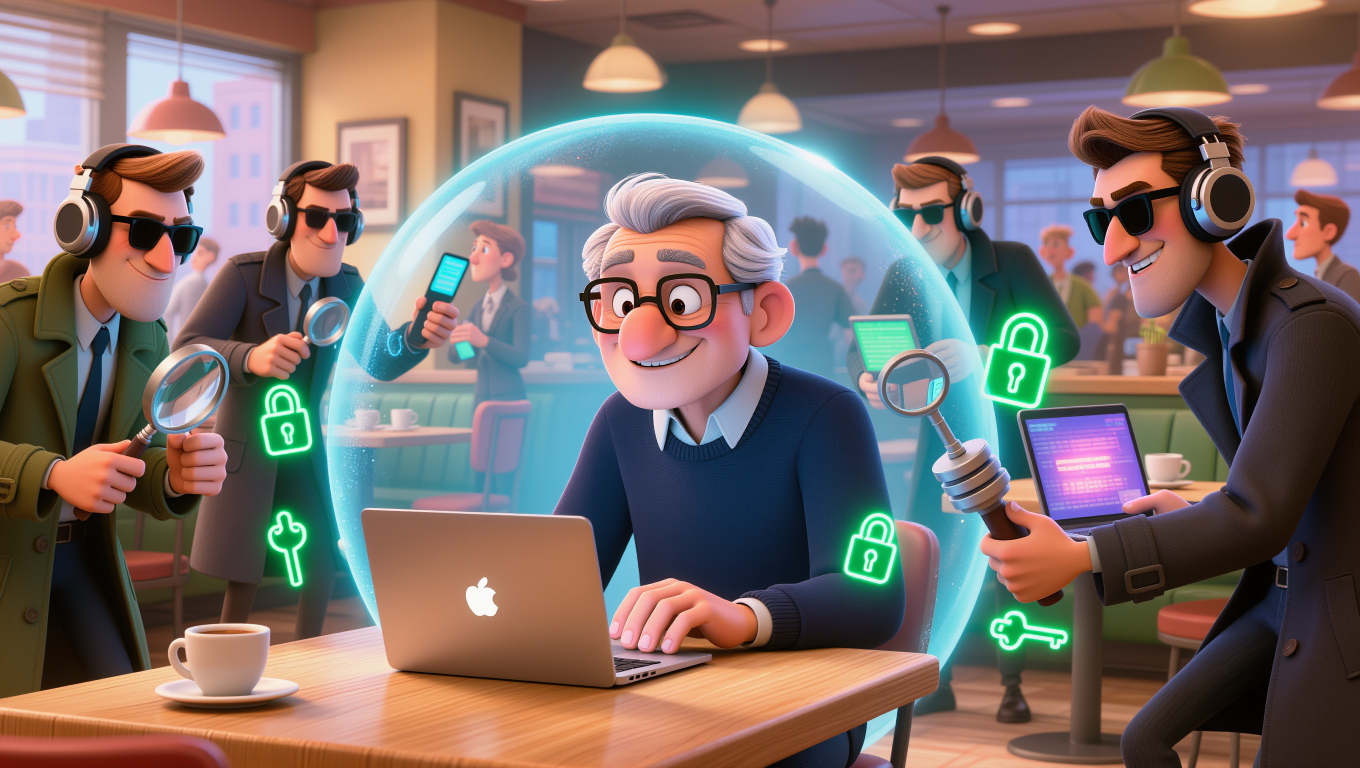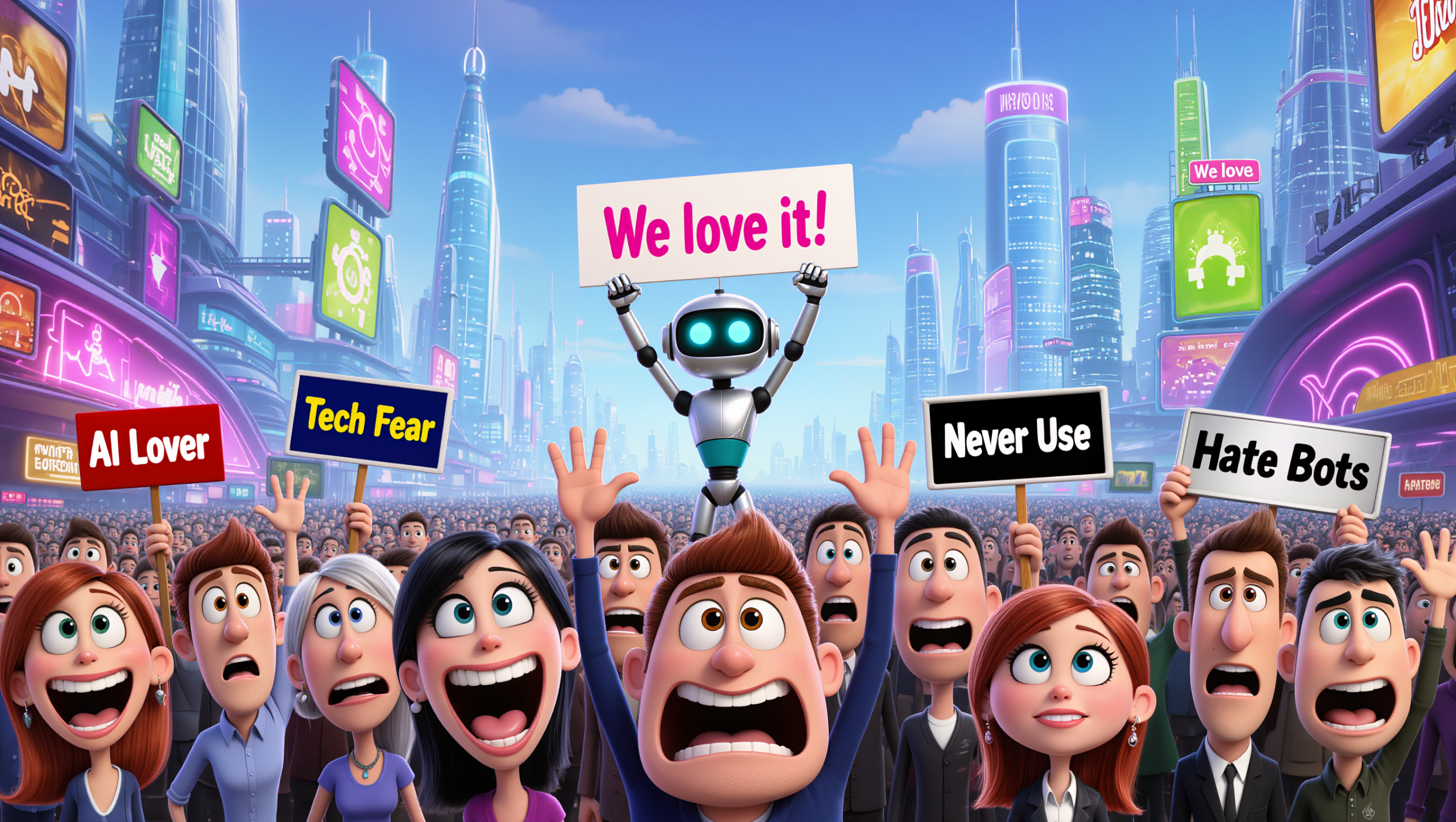October 31st, 2008. While the world’s biggest banks were collapsing and we were all wondering if our savings were safe, someone quietly published a 9-page paper that would completely change how we think about money. And to this day, nobody knows who that person really was.
Now, I know what some of you might be thinking – “Here’s another article about that Bitcoin thing my grandson keeps talking about.” But here’s what I find absolutely fascinating: the story of Bitcoin’s creation reads like the best detective novel you’ve ever picked up, except it’s all true, and the mystery still isn’t solved.
When the World Needed It Most
Let me take you back to late 2008. Remember that feeling? The housing market had collapsed, Lehman Brothers had just gone bankrupt, and the government was bailing out banks with taxpayer money. If you had a retirement account, you were probably afraid to open your statements. It felt like the entire financial system was held together with duct tape and hope.
On October 31st, 2008 – yes, Halloween, which feels oddly appropriate – a mysterious paper appeared on an obscure cryptography mailing list. The title was simple: “Bitcoin: A Peer-to-Peer Electronic Cash System.” The author? Someone using the name Satoshi Nakamoto.
Three months later, on January 3rd, 2009, the very first Bitcoin transaction happened. Think about the timing here – this wasn’t created during good times. This was born out of crisis, as a direct response to the failures we all witnessed. And that tells us something important about what Bitcoin was meant to solve.
The Ghost in the Machine
Now, here’s where this story gets really interesting. The person – or people – who created Bitcoin used the name Satoshi Nakamoto. But here’s the thing: nobody knows who that really is.
For three years, from 2008 to 2011, Satoshi communicated only through emails and online forums. Never a phone call, never a video conference, never even a photo. Just carefully worded messages discussing technical details, answering questions, and gradually improving the Bitcoin software.
And then, in April 2011, Satoshi simply… disappeared. The last message was beautifully understated: “I’ve moved on to other things.” Just like that. The creator of what’s now a trillion-dollar system just walked away.
Oh, and those million Bitcoin that Satoshi probably owns? They’ve never moved. Not once. That’s potentially hundreds of billions of dollars just sitting there, untouched, like a digital time capsule.
The Great Mystery: Who Was Satoshi?
So naturally, people have been trying to solve this mystery for over a decade. Let me walk you through the main suspects – and believe me, this is better than any detective novel.
Hal Finney: The First Recipient
Hal Finney was a brilliant cryptographer who received the very first Bitcoin transaction from Satoshi. He lived in the same town as a man actually named Dorian Nakamoto (we’ll get to him in a moment). Some think Hal WAS Satoshi. He passed away in 2014, and the theory remains unproven but intriguing.
Nick Szabo: The Digital Gold Pioneer
Nick Szabo created something called “Bit Gold” years before Bitcoin – a concept remarkably similar to what Bitcoin would become. Linguistic analysis of his writing shows striking similarities to Satoshi’s style. He denies being Satoshi, but the circumstantial evidence is compelling.
Dorian Nakamoto: The Accidental Celebrity
My personal favorite theory involves a gentleman named Dorian Prentice Satoshi Nakamoto – yes, that’s his real name – who lives in California and worked as an engineer. A Newsweek article in 2014 claimed he was THE Satoshi. He vehemently denied any involvement with Bitcoin, and the crypto community actually raised money to help him deal with the unwanted attention. Sometimes truth is stranger than fiction.
The Team Theory
Then there’s the possibility that “Satoshi” was actually a team of people working together. The Bitcoin code shows such sophisticated knowledge of cryptography, economics, and computer science that some believe it must have been a group effort. Maybe a team of academics? Government agents? We may never know.
Why the Mystery Actually Makes Bitcoin Stronger
But here’s what I find beautiful about this mystery: it actually makes Bitcoin stronger. There’s no founder to target, no CEO to pressure, no single point of failure. Governments can’t threaten one person to change how Bitcoin works. Businesses can’t buy off the creator to gain advantage.
Satoshi gave us Bitcoin, then stepped back and let it succeed or fail on its own merits. That’s remarkably selfless in a world where most creators want credit, control, and compensation.
Passing the Torch
When Satoshi disappeared, they didn’t just abandon Bitcoin. They carefully handed control to a developer named Gavin Andresen, like passing a baton in a relay race. And here’s what’s remarkable: the system didn’t miss a beat.
Since then, Bitcoin has grown from a curious experiment to a global financial network. We’ve seen major technical upgrades – like SegWit in 2017 and Taproot in 2021 – that improved how Bitcoin works. Think of these like upgrading from dial-up internet to broadband, except the upgrade happened while millions of people were actively using the system.
Today, we have 19.9 million Bitcoin in circulation out of the 21 million that will ever exist. That’s like completing a 10,000-piece jigsaw puzzle and having only 100 pieces left to place. The end is in sight, and that scarcity is by design.
The Open Secret
Now, let me tell you why Bitcoin being “open source” is actually a good thing, even though it might sound scary. When I say open source, I mean anyone – literally anyone – can look at Bitcoin’s code. Every line of it. It’s like having a house where all the walls are glass.
You might think, “Walter, that sounds terrible for security!” But here’s the counterintuitive truth: it’s actually much more secure. Think about it this way – if I told you that your bank’s security system had been examined by thousands of security experts from around the world, all trying to find flaws, wouldn’t you feel MORE confident in that bank?
That’s exactly what happens with Bitcoin every single day. Thousands of programmers, cryptographers, and security researchers are constantly examining the code, looking for problems. If they find any issues, they get fixed immediately. It’s like having the world’s most thorough security audit running 24/7.
Compare that to traditional banking software, where the code is secret and only a small team has ever examined it. Which would you trust more?
Democracy in Action
So how does Bitcoin improve and evolve without Satoshi? Through the most democratic process I’ve ever seen in technology. Anyone can propose improvements through something called Bitcoin Improvement Proposals, or BIPs.
There’s a core development team of about 10 to 15 people worldwide who maintain the main Bitcoin software. But here’s the key: they can’t just make changes willy-nilly. Any major change requires what’s called “consensus” – basically, the vast majority of the network has to agree.
It’s like having a town where every major decision requires not just a majority vote, but an overwhelming supermajority. And every citizen has access to all the meeting minutes, all the proposals, and all the voting records. No closed-door meetings, no secret deals.
Before any change goes live, it’s tested extensively on separate networks. It’s the digital equivalent of testing a new bridge on a small scale before you let rush hour traffic drive across it.
The Bottom Line
What started as one person’s brilliant idea has become a truly global, democratic financial network maintained by thousands of people who will probably never meet each other. And somehow, it just works.
That, my friends, is the real magic of Bitcoin – not the technology itself, but the human cooperation it has inspired. A mysterious creator published an idea, built the foundation, then stepped away and let humanity take it from there.
Whether Satoshi Nakamoto was a single genius, a shadowy government team, or aliens (okay, probably not aliens), they accomplished something remarkable: they created a new form of money that works without anyone in charge. That’s either the future of finance or the most elaborate social experiment ever conducted. Maybe it’s both.
The mystery of Satoshi’s identity may never be solved. But in a way, that’s perfect. Bitcoin doesn’t belong to anyone because it belongs to everyone. And maybe that’s exactly what Satoshi intended all along.
Want to learn more about Bitcoin and cryptocurrency in plain English? Check out my book “Bitcoin & Beyond: A Guide for People Who Remember When Phones Had Cords“
Because your financial education is too important for Twitter takes.







Leave a Reply